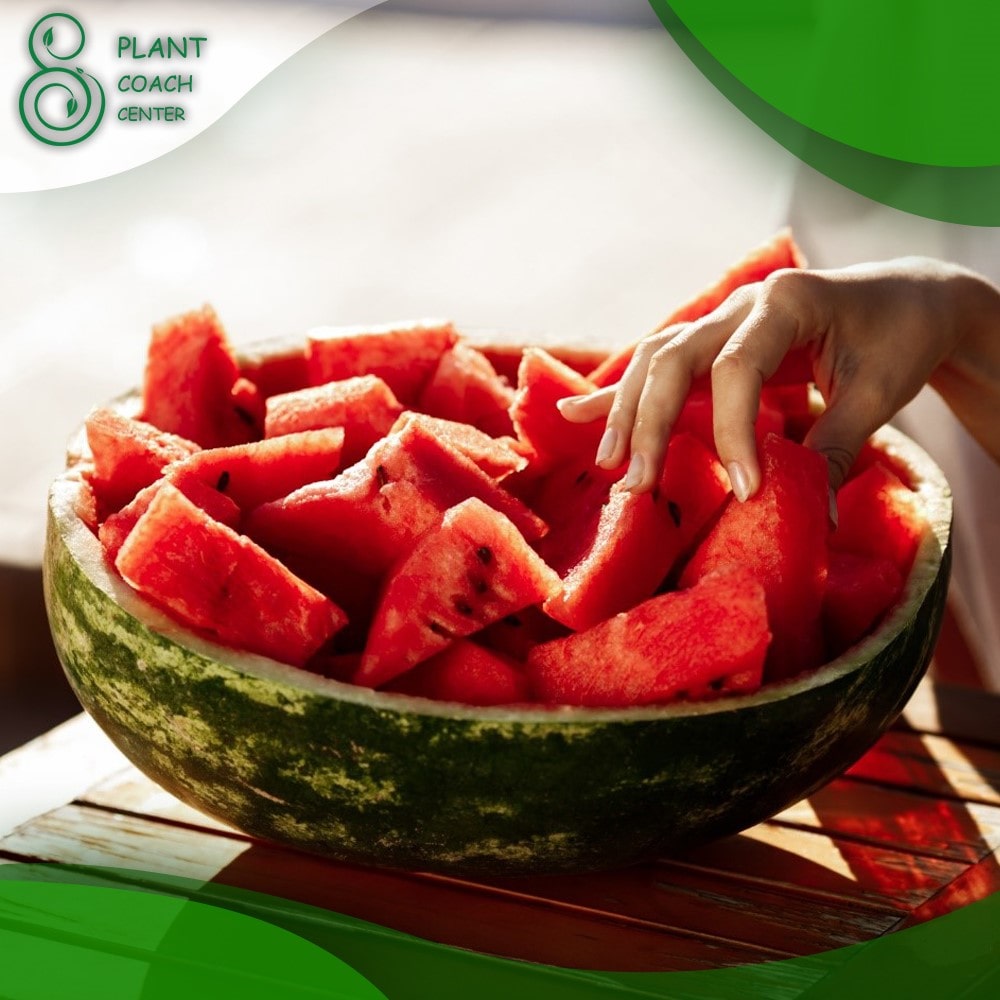When Do You Plant Watermelon Seeds?
Watermelons are a favorite summertime treat, and there’s nothing quite like the joy of growing your own. However, successful watermelon cultivation hinges on proper timing. Knowing when to plant watermelon seeds is essential for a bountiful harvest.
In this comprehensive guide, we will delve into the factors that influence the ideal planting time, the methods for determining the last frost date, the advantages of starting seeds indoors, and the proper timing for direct outdoor sowing. Whether you’re a seasoned gardener or a novice, this guide will equip you with the knowledge to grow juicy, delicious watermelons all season long.

Understanding Watermelon Growth and Climate Requirements:
Watermelons have a specific life cycle, and understanding it is crucial for successful cultivation. These heat-loving plants require warm weather to thrive, making them ideal for growing in the summer. For germination, watermelon seeds need soil temperatures between 70°F and 90°F (21°C to 32°C).
However, for healthy growth, daytime temperatures of 80°F to 95°F (27°C to 35°C) and nighttime temperatures above 60°F (15°C) are preferred. These requirements make watermelon cultivation suitable for USDA plant hardiness zones 3 to 11, depending on the variety and climate conditions.
Factors Influencing Planting Time:
Regional Climate: The climate of your region is a crucial factor in determining when to plant watermelon seeds. In colder areas with short growing seasons and frequent frosts, it’s best to wait until after the last frost date in the spring before planting. Frost can damage or kill young watermelon plants, so planting too early can be risky.
On the other hand, in warmer climates with milder winters, you can start planting watermelon seeds in late spring or early summer when the soil has warmed up sufficiently.
Length of Growing Season:
The length of your region’s growing season also affects when to plant watermelons. If you have a short growing season, it’s essential to time your planting carefully to ensure that the watermelon plants have enough time to mature and produce fruit before the first fall frost.
In such regions, planting watermelon seeds after the last frost date in the spring gives the plants the best chance to grow and develop.
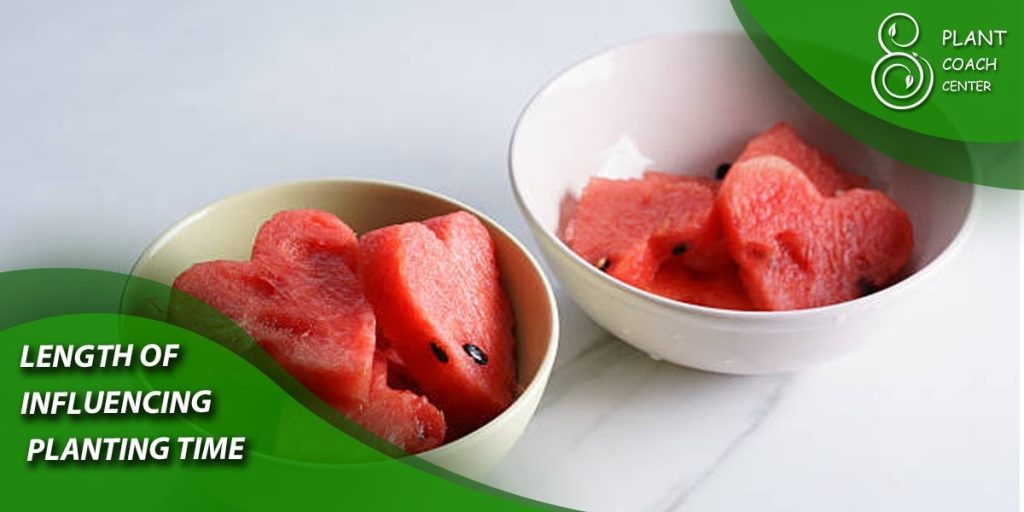
Fall Harvest:
If you’re aiming for a fall harvest of watermelons, plan your planting about three months before the first expected fall frost date.
This timing allows the watermelon plants to grow and mature during the warm summer months, producing ripe fruit just in time for fall. Be sure to check the average frost dates for your area and adjust the planting time accordingly to maximize your harvest.
Determining the Last Frost Date:
The last frost date is a vital piece of information for successful watermelon planting. It marks the point in spring when the risk of frost is minimal, making it safe to plant sensitive crops like watermelons outdoors. Finding the last frost date for your specific location involves several methods:
Historical Climate Data:
One way to determine the last frost date is by consulting historical climate data for your area. Weather agencies and agricultural departments often keep records of past frost dates, allowing you to identify the average date when the last frost typically occurs in your region. Keep in mind that this is an average, and actual frost dates can vary from year to year.

Local Agricultural Extension Office:
Your local agricultural extension office or gardening organizations can be valuable resources for determining the last frost date. These organizations often maintain records of historical frost dates and can provide valuable insights into the best planting times for watermelons and other crops in your specific area.
Frost Date Calculators:
Many online resources offer frost date calculators that can help you determine the last frost date based on your zip code or location. These calculators use historical climate data and advanced algorithms to estimate the average date of the last frost in your region. While they may not be entirely accurate for every year, they provide a reliable estimate to guide your planting schedule.
Once you have identified the last frost date for your area, you can use this information to plan your watermelon planting. It’s essential to wait until after the last frost date before sowing watermelon seeds outdoors. Planting too early, while the risk of frost remains, can lead to the destruction of tender watermelon seedlings, setting back your growing season and potentially harming your crop.
By knowing the last frost date and using it as a reference point, you can ensure that your watermelon plants have the best chance of thriving in your local climate. This knowledge empowers you to make informed decisions about when to sow watermelon seeds, giving them the warm and frost-free conditions, they need to grow into healthy and fruitful plants.
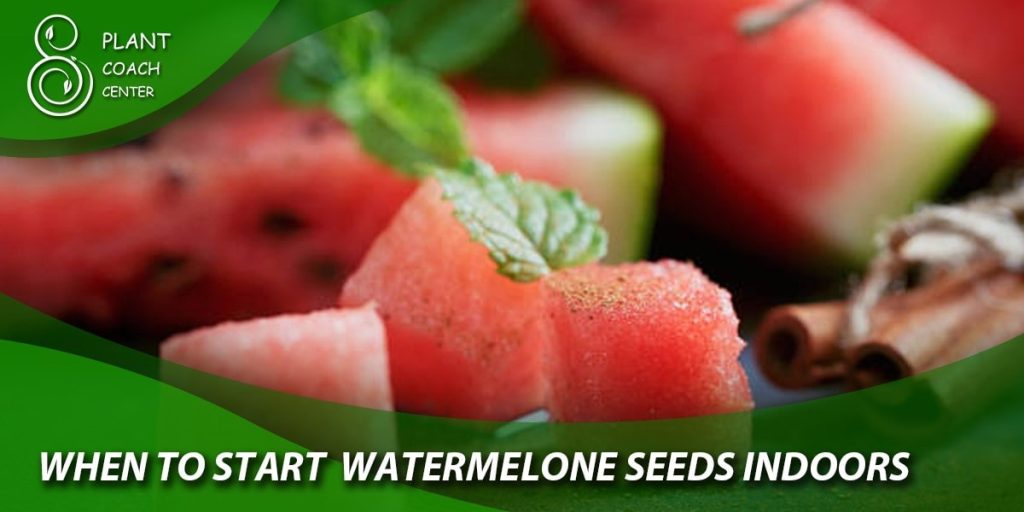
When to Start Watermelon Seeds Indoors:
Starting watermelon seeds indoors is a beneficial practice for gardeners in regions with short growing seasons. It provides a head start on the growing season, allowing watermelon plants to mature fully and produce sweeter fruits.
Sow the seeds indoors about four to six weeks before the last expected frost date, using biodegradable pots or peat pellets for easy transplanting. Keep the seedlings warm and well-lit, providing adequate watering without overwatering.
Transplant the seedlings outdoors once the frost danger has passed and the soil has warmed up. Harden off the seedlings by gradually exposing them to outdoor conditions before transplanting. Choose a sunny, well-drained spot for transplanting, ensuring they receive sufficient sunlight daily.
By employing this method, gardeners can enjoy an extended growing season with healthier watermelon plants and a higher likelihood of a successful harvest of delicious, juicy watermelons.
Direct Sowing Watermelon Seeds Outdoors:
Directly sowing watermelon seeds in the garden is a simple and efficient method, especially in warm climates and regions with extended growing seasons. After the last frost date, prepare the soil by loosening it and removing any weeds. Choose a sunny spot with good drainage, and plant the seeds at the recommended spacing and depth.
Keeping the soil consistently moist during germination and early growth is essential for successful seedling development. As the watermelon plants grow, monitor their progress and provide sufficient water and space for their healthy growth. With proper care, you can look forward to a rewarding harvest of delicious and juicy watermelons right from your garden.
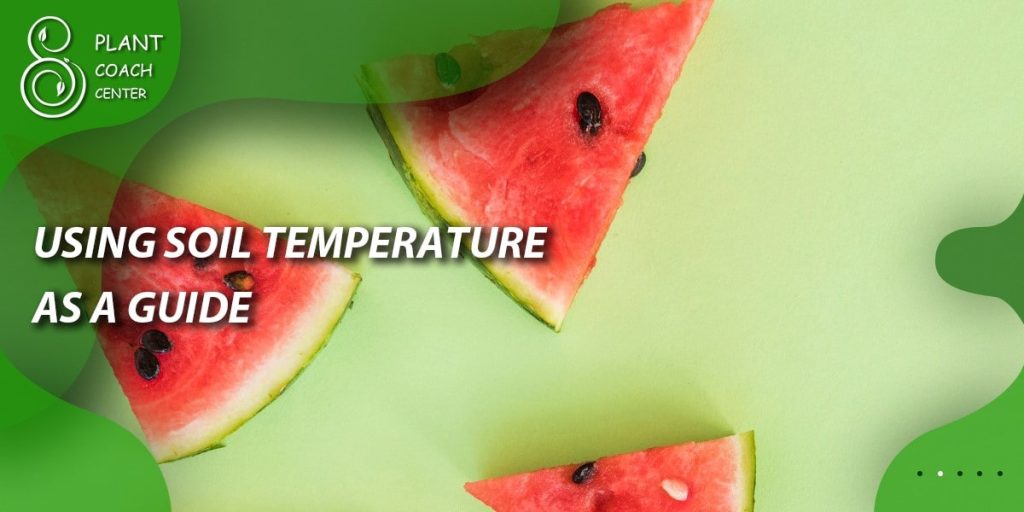
Using Soil Temperature as a Guide:
Using soil temperature as a guide is a reliable method for determining the ideal time to sow watermelon seeds. Soil thermometers are easily available at garden centers and online, allowing you to measure the temperature at a depth of 1 to 2 inches (2.5 to 5 cm) below the soil surface.
Watermelon seeds germinate best in warm soil, so aim for a consistent soil temperature range of 70°F to 90°F (21°C to 32°C) before planting. Warm soil temperatures promote faster and more robust germination, giving your watermelon seeds the best chance to develop into healthy seedlings.
If the soil is too cold, the seeds may take longer to sprout, and the risk of rot or fungal issues may increase. On the other hand, if the soil temperature is too high, the seeds may not germinate at all.
To ensure optimal soil temperature, consider using black plastic mulch to warm the soil before planting. The dark plastic absorbs and retains heat from the sun, creating a favorable environment for watermelon seeds to germinate.
Additionally, selecting a sunny and sheltered location for your watermelon patch can also help maintain the desired soil temperature range. By monitoring and controlling the soil temperature, you can set your watermelon seeds up for success and enjoy a fruitful harvest of sweet and juicy watermelons in the warm months ahead.
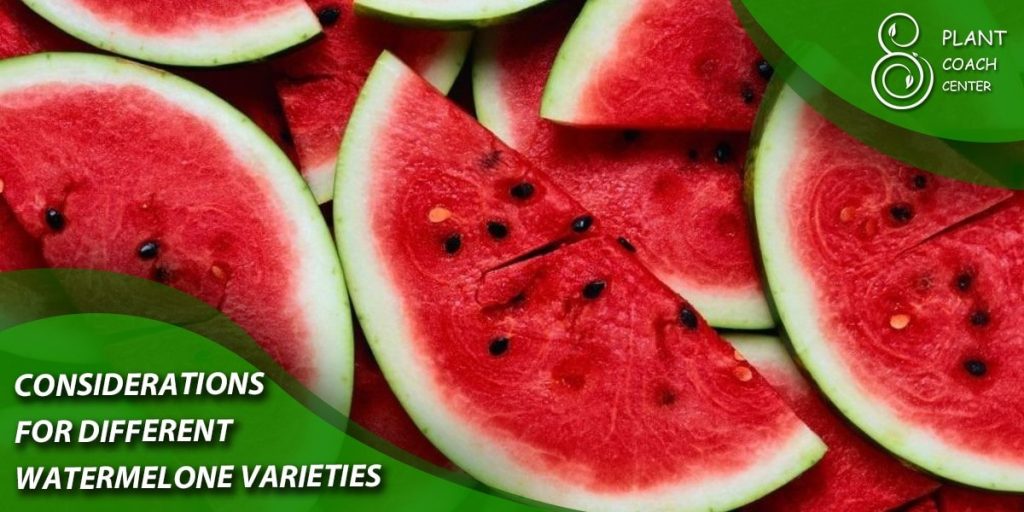
Considerations for Different Watermelon Varieties:
Early-Maturing Varieties:
Ideal for regions with short growing seasons or cooler climates.
Shorter time to maturity allows for ripe and juicy watermelons before the season’s end.
Suitable for gardeners who want to enjoy watermelons early in the summer.
Standard or Mid-Season Varieties:
Versatile and adaptable to moderate climates.
Well-suited for a wide range of regions with varying temperatures.
Offers a good balance between early-maturing and long-season varieties.
Long-Season Varieties:
Best for warm regions with extended growing periods.
Thrives in hot conditions and has a longer maturation period.
Ideal for gardeners in areas with a prolonged summer season.
Seedless Varieties:
Increasingly popular due to convenience and consistent sweetness.
Similar planting requirements to standard watermelons.
Suitable for gardeners who prefer seedless watermelons for snacking and culinary use.
By considering the maturation times and climate suitability of different watermelon varieties, you can choose the right type that aligns with your garden’s conditions and your desired harvest time. Whether you want early watermelons for summer gatherings, versatile varieties for diverse climates, or seedless watermelons for easy consumption, there’s a watermelon type that fits your preferences and location.

Extending the Growing Season with Transplants and Greenhouses:
For regions with limited growing seasons, using transplants can extend the time watermelon plants have to mature and produce fruit. Additionally, greenhouses provide a controlled environment, allowing for earlier planting and potentially extending the growing season. Transplants should be carefully hardened off before being planted outdoors to acclimate them to the outdoor conditions gradually.
Dealing with Climate Challenges:
Depending on your climate, you may encounter specific challenges when growing watermelons. Protecting watermelon plants from late-season frosts can be crucial for a successful harvest.
Using frost protection methods like row covers or cloths can shield plants from cold temperatures. In hot climates, managing heat stress through proper watering and shading techniques is essential to prevent plant damage.
Trouble-shooting and Adjusting Planting Time:
Several challenges can arise during watermelon cultivation. Slow germination may occur if the soil temperature is too cool. To address this, use bottom heat or cover the soil with black plastic to warm it. Premature flowering or bolting can occur due to temperature fluctuations or stress.
Planting early-maturing varieties or providing shade during warmer periods can mitigate this issue. Monitoring weather forecasts and providing frost protection are essential to safeguard watermelon plants from cold temperatures.
Pest infestations, such as aphids and cucumber beetles, can be managed through Integrated Pest Management techniques, and using natural predators like ladybugs can help control pests. For clubroot disease prevention, rotate crops and choose clubroot-resistant watermelon varieties.
Conclusion:
Mastering the timing of watermelon seed planting is key to a successful and rewarding gardening experience. By understanding the growth requirements, considering climate factors, and using appropriate techniques like indoor seed starting or direct sowing, you can grow juicy and flavorful watermelons all season long.
With proper care, attention to climate challenges, and timely adjustments, your watermelon plants will thrive and reward you with sweet and refreshing fruits. Happy watermelon gardening!
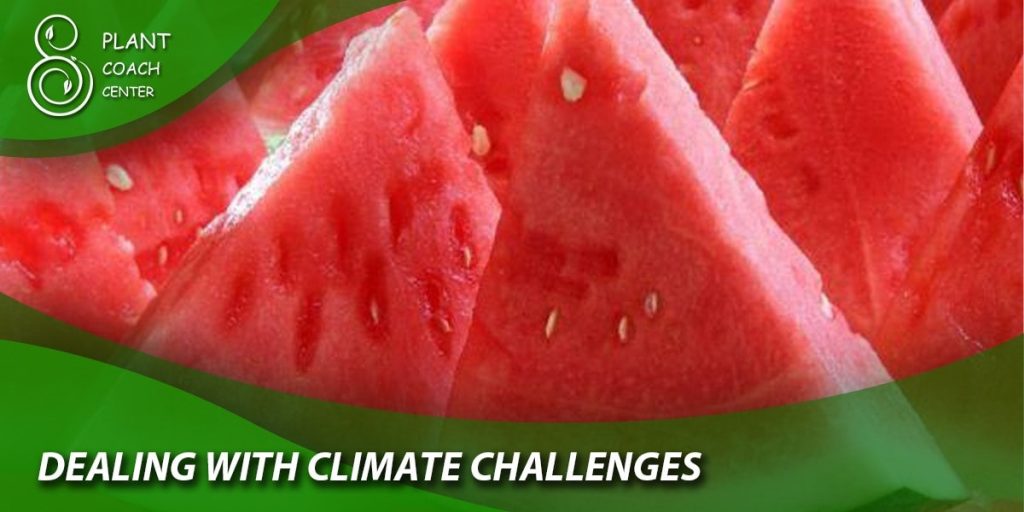
When is the best time to plant watermelon seeds?
Plant watermelon seeds after the last frost date in your region for warmer soil temperatures.
Can I start watermelon seeds indoors?
Yes, indoor seed starting is beneficial, especially in regions with shorter growing seasons.
How long before the last frost should I start indoor seedlings?
Begin indoor seed starting four to six weeks before the last expected frost date.
How do I determine the last frost date for my area?
Use historical climate data or frost date calculators provided by local gardening organizations.
What temperature does the soil need to be for seed germination?
Soil should consistently reach 70°F to 90°F (21°C to 32°C) for optimal watermelon seed germination.


